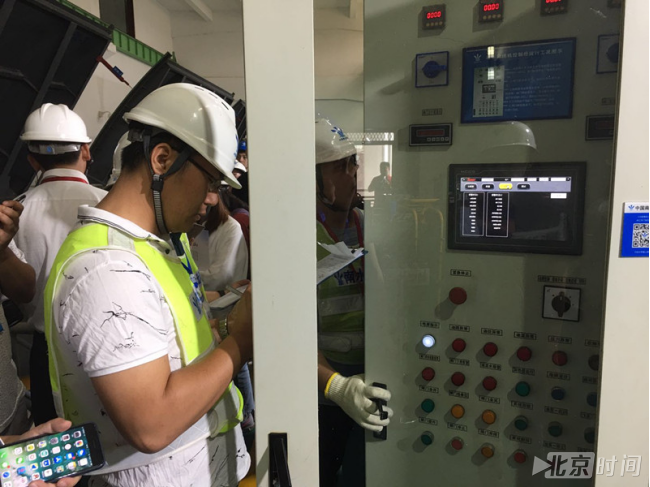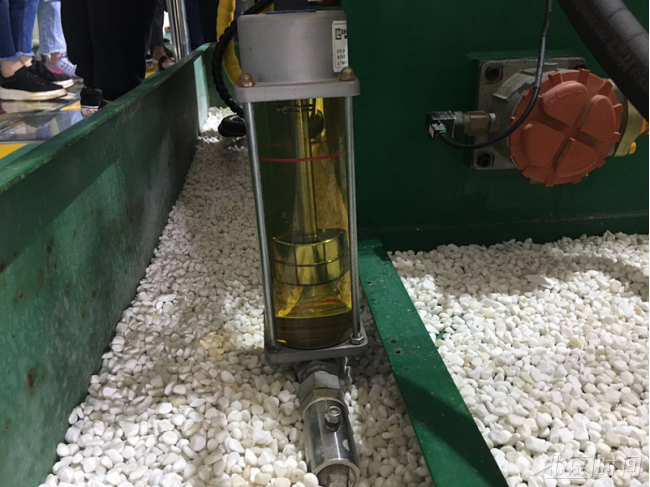Water quality protection reflected in many details

Although they have been put into use in the gate control room for four years, the facilities are well maintained and appear like new. And the spirit of hard work by the maintenance staff of the South-to-North Water Diversion Project can be seen in every detail.

Staff tell reporters that water quality protection work includes routine inspection, algae monitoring, floater management, pollution source management, water quality emergency handling, etc. The routine inspection is carried out daily by patrol staff who observe and record the color and odor of the water by dividing the total area into many sections. For algae monitoring, staff collect water samples in a monitoring point south to the Shahe Aqueduct, twice a day at 10 a.m. and 3 p.m., and report data concerning plankton. A water quality emergency handling platform along with trash racks are established for staff to clear algae and other floating objects, and the managerial crew also arranges people to clear the floating objects in front of the gate at irregular intervals.

The main trunk canal of the South-to-North Water Diversion Project intersects with local rivers, and is completely isolated from the local water system. For excavation sections, sound measures of river closure and backflow have been set up to ensure that any flood caused by heavy rainfall can be effectively discharged to the local water system. No external water enters the trunk canal except rain and snow. At the intersections between the main water diversion canal and local irrigation channels, railways, highways and so on, overpass engineering measures have been adopted to prevent water pollution, such as the installation of drainage pipes and water barriers, and the storage of water in case of pollution emergencies. Engineers installed two isolation nets 50 to 100 meters away from the two sides of the main canal, and set up shelterbelts in the permanent land expropriation green belt through cooperative afforestation to prevent trespassing. For handling of water quality emergencies, contingency plans are stipulated to deal with sudden water pollution incidents, and normalized drills have been carried out in accordance with the plans. Once a water pollution incident occurs, it can be dealt with according to established processes.
